Finite element analysis of Orthopedic Implants
FEA & CFD Based Simulation Design Analysis Virtual prototyping MultiObjective Optimization
An orthopedic implant is a device surgically placed into the body designed to restore function by replacing or reinforcing a damaged structure. For the treatment of back pain, orthopedic implants such as bone plates and bone screws are used in spinal fusion surgery and fixation of fractured bone segments, as well as implant components used for hip and joint replacement. The material used in orthopedic implants must be biocompatible to avoid rejection by the body. Other risks associated with orthopedic implants include implants coming loose or breaking in the bone causing painful inflammation and infection to surrounding tissue.
FDA submissions require a comprehensive audit trail which includes:
- Records of all simulation data
- Revision management and control
- Correlation with physical test results
- Proven repeatable methods
- Software version tracking
To ensure confidence in the simulation and reliability of the analysis results, medical device manufacturers must ensure that the CAE analyst is using the most current CAD geometry, specify the correct material properties, and apply the appropriate environmental loading conditions. They must also create the proper mesh type and size, record the version of the analysis software, and correlate results with physical test data. These criteria must be preserved and managed for FDA compliance purposes and for the benefit of enhanced enterprise productivity.
FEA Simulation of Spine Implants
Enteknograte conducts FE modeling to evaluate in situ stress states of implantable spinal devices and surrounding biological structures, and to explore natural and device associated spinal kinematics. Results from these analyses, combined with data from our retrieval collection and cadaveric spine simulator, provide valuable insight into performance and potential failure modes for spine implant devices.
- Subject-specific anatomy based on medical imaging
- Non-homogeneous bone moduli based on bone mineral density (via calibrated CT)
- Robust contact algorithms for implant and facet interactions
- Analysis of total disc replacement impingement mechanics
- Evaluation of implant functionality
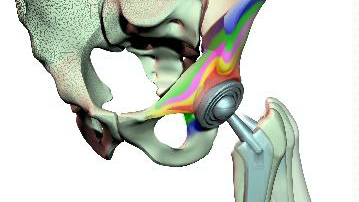
Enteknograte’s expertise covers technical issues from all major joint replacement interventions and orthopedic bone trauma. Specific FE experience includes the following:
- Models have been developed analyzing hip, knee, ankle, shoulder, elbow, wrist, finger and toe joint replacements
- Experience developing models to analyze fracture fixation for trauma
- Subject-specific anatomy based on medical imaging
- Non-homogeneous bone moduli based on bone mineral density
- Robust contact algorithms for implant and bone interactions
- Customized implant geometries
- Virtual experiments to simulate implantation of devices
- Parametric analysis to account for variations in design, surgical, and patient factors
- Topological shape optimization for load bearing medical devices
- Development of kinematic gait models for the evaluation of orthotic and high performance footwear
Enteknograte offers a Virtual Engineering approach with CFD and FEA tools such as Ansys Fluent, StarCCM+ for flows simulation and FEA based Codes such as ABAQUS, Ansys, Nastran and LS-Dyna, encompassing the accurate prediction of in-service loads, the performance evaluation, and the integrity assessment including the influence of manufacturing the components.

FDA Describes the Format for Reports on Computational Modeling and Simulation
This guidance’s main objective is to make sure sponsors provide all the details necessary to assess if a model has the necessary credibility to be used as reliable scientific evidence in regulatory decision-making. Additionally, the document offers a consistent vocabulary that regulators and the device industry can use when organizing, debating, and evaluating the various components of a computational modeling research.
The majority of the guidelines, which is applicable to the majority of physics disciplines, describes the report’s overall format. The guidance also includes a number of appendices that offer comprehensive reporting recommendations for CFD, FEA, electromagnetics (EM), ultrasound, heat transfer, and optics in order to help the user. For instance, the appendix on computational electromagnetics advises the user to provide a synopsis of the governing equations used (for instance, Maxwell’s equations) and details on the electrical characteristics of the device and tissues being represented.
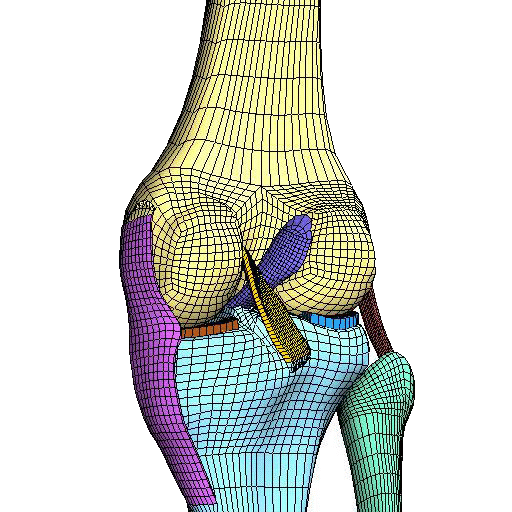
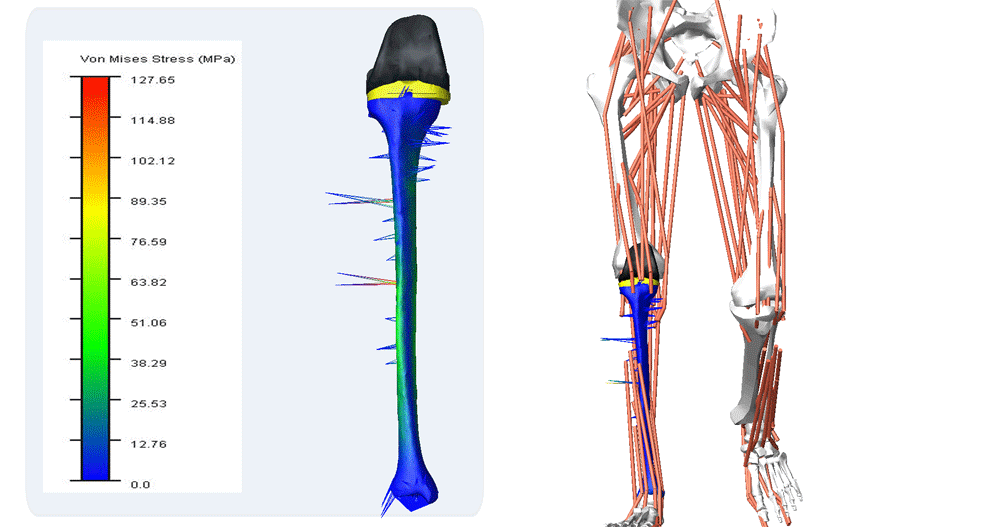
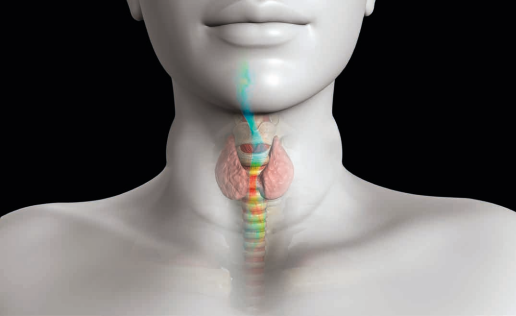
Reporting of Computational Modeling Studies in Medical Device Submissions, Guidance for Industry and Food and Drug Administration Staff
For many years, computational modeling and simulation (CM&S) studies have been used by sponsors to support device design/development and have been reported in medical device submissions. These studies have traditionally been used in the areas of fluid dynamics (e.g., calculate shear stress in ventricular assist devices), solid mechanics (e.g., determine maximum stress locations in a hip implant), electromagnetics and optics (e.g., radiofrequency safety in magnetic resonance imaging, fluorescence for fiber optic spectroscopy devices), ultrasound propagation (e.g., absorbed energy distribution for therapeutic ultrasound), and thermal propagation (e.g., temperature rises with radiofrequency and laser ablation devices).
The purpose of this guidance document is to provide recommendations to industry on the formatting, organization, and content of reports of CM&S studies that are used to support medical device submissions. Moreover, this guidance is also for FDA Staff, to improve the consistency and predictability of the review of CM&S studies and to better facilitate full interpretation and complete review of those studies. The FDA guidance used in conjunction with ASME V&V 40. The ASME V&V 40 standard is an FDA-recognized standard that provides a risk-based framework for establishing the credibility requirements of a computational model.
The risk-informed credibility assessment framework, as defined by the ASME V&V 40 standard for In Silico Medical Device Testing
Another reason for the limited utilization of simulation results in regulatory submissions was the need for consensus on the evidentiary bar required to establish sufficient credibility of a computational model. The American Society of Mechanical Engineers (ASME) verification and validation (V&V) subcommittee on computational models of medical devices (ASME V&V 40 subcommittee) was formed in 2011 to address this critical need.
Comprised of members from the medical device industry, industry service providers, software developers and the FDA, the group developed the risk-informed credibility assessment framework. The main tenet of the framework is that high-risk decisions based on a computer model require more validation than lower-risk decisions.
Therefore, the ASME standard guides how the user determines the amount of V&V that is required to establish model credibility. This standard complements the ASME V&V standards for FEA, CFD and heat transfer.
- Risk-informed credibility assessment framework.
- Finite element Simulation framework, as defined by the ASME V&V 40 standard for In Silico Medical Device Testing
- CFD and Thermal Simulation framework, as defined by the ASME V&V 40 standard for In Silico Medical Device Testing
- VVUQ 40 VERIFICATION, VALIDATION, AND UNCERTAINTY QUANTIFICATION IN COMPUTATIONAL MODELING OF MEDICAL DEVICES

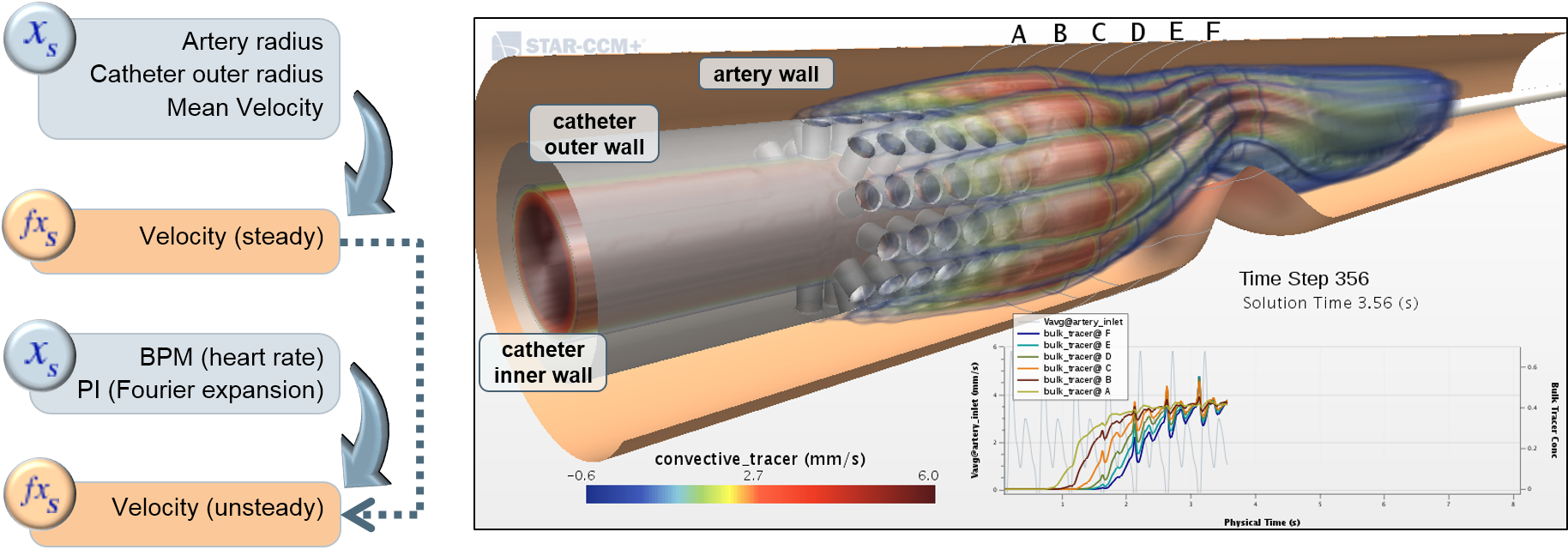
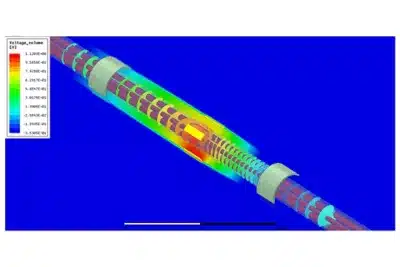
Computational-based MRI Thermal Injury Risk Assessment for Patients Implanted With Passive Spinal Devices
Using computational modeling and simulation (CM&S) to generate evidence that a medical device meets regulatory standards is evolving quite rapidly. Regulatory agencies such as the FDA are increasingly accepting simulation data as part of the approval process. we use advanced numerical simulation tools to assess the safety of patients with implanted passive devices who must undergo MRI scanning. The question is that will radio-frequency field interaction with the implanted device induce unsafe high temperatures in the surrounding tissues?
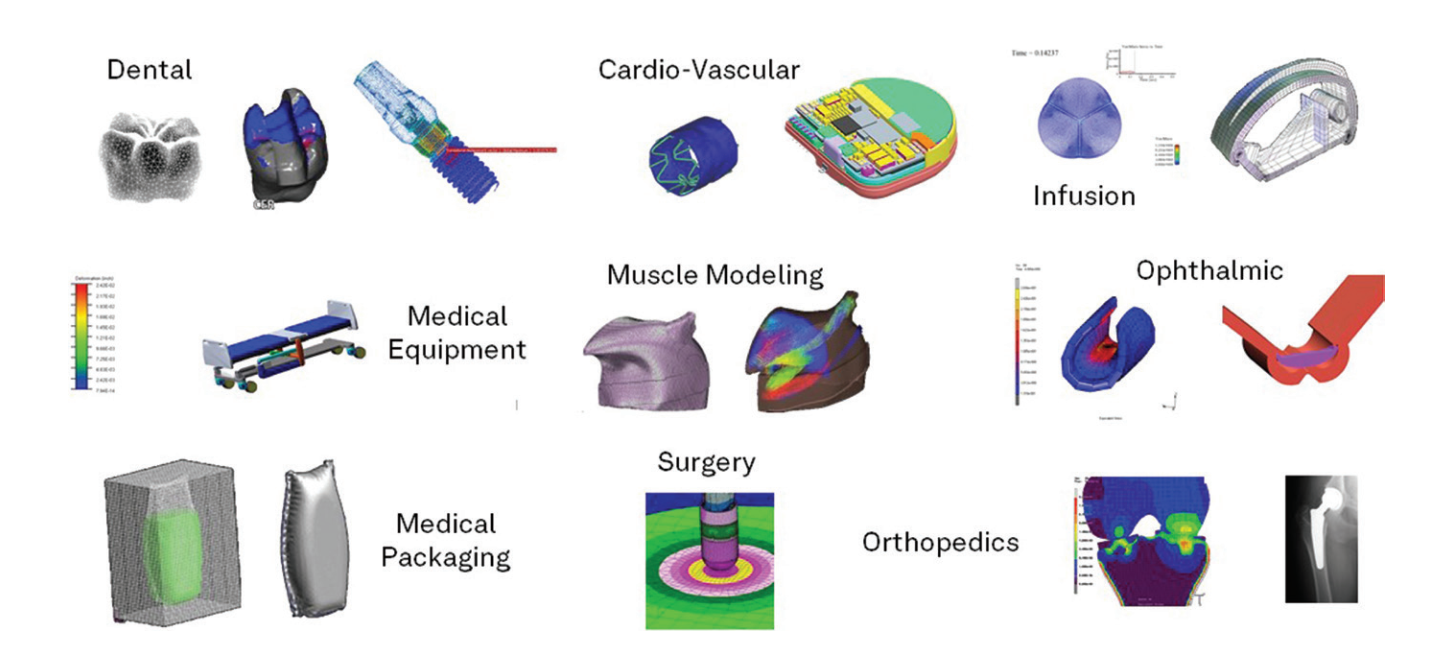
As part of our promise to excellency, we have experts with FDA's guidance for Reporting Computational Modeling and Simulation (CM&S) Studies in Medical Device Submissions.
Medical applications are typically subjected to a wide range of complex environmental and biological loading conditions.The variability of these conditions makes the physical testing of all possible scenarios both difficult and time-consuming. By using FEA and CFD multidisciplinary and multiphysics simulation technology, our engineers can study a greater number of real-world design behaviors with higher accuracy.
Finite element analysis of Orthopedic Implants
Finite element and CFD analysis and Digital Twin for Orthopedics, Dental and Medical Device Industry
Finite element & CFD analysis of Cardiovascular Implants
Finite element analysis of Craniomaxillofacial and Plastic Surgery
Finite Element Analysis of Durability and Fatigue Life
Multi-Phase Flows CFD Analysis
Hydrodynamics CFD simulation
Integrated Artificial Intelligence (AI) & Machine Learning - Deep Learning with CFD & FEA Simulation
Enteknograte Biomedical Engineers use advanced FEA and CFD tools for simulating: Orthopedic products, Medical fasteners, Ocular modeling, Soft tissue simulation, Packaging, Electronic systems, Virtual biomechanics, Knee replacement, Human modeling, Soft tissue and joint modeling, Hospital equipment, Laser bonding, Ablation catheters, Dental implants, Mechanical connectors, Prosthetics, Pacemakers, Vascular implants, Defibrillators, Heart valve replacements.
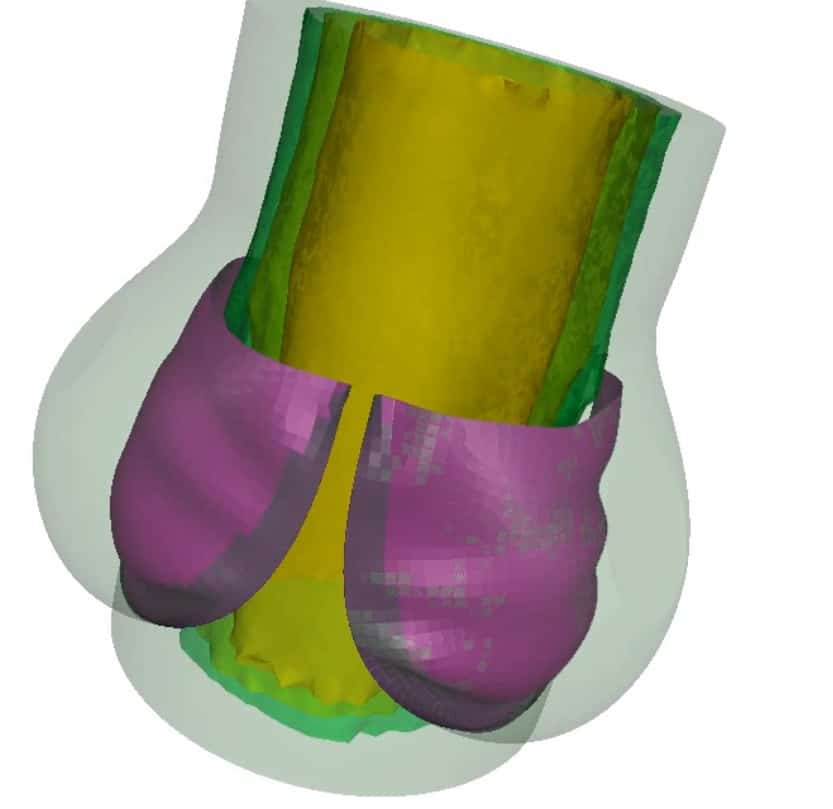
Multibody Dynamics
Electromagnetic Multiphysics
Ansys HFSS: Multipurpose High Frequency Electromagnetic Field Simulator for RF, Microwave and Wireless Design
Ansys Maxwell: Low-Frequency Electromagnetic Simulation for Electric Machines
Acoustics and Vibration: FEA and CFD for AeroAcoustics, VibroAcoustics and NVH Analysis
FEA Based Composite Material Design and Optimization: MSC Marc, Abaqus, Ansys, Digimat and LS-DYNA
Additive Manufacturing and 3D Printing
Heat Transfer and Thermal Analysis: Fluid-Structure Interaction with Coupled CFD and Finite Element Based Simulation




